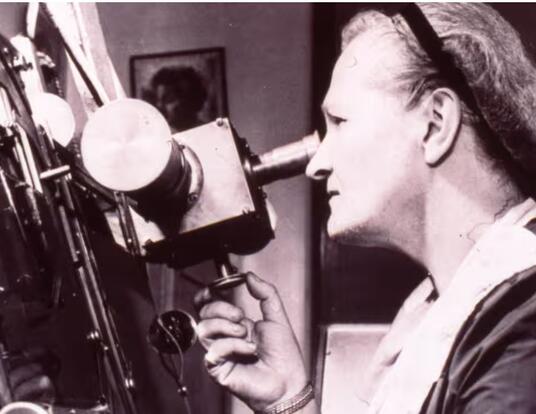When she left Smith College to become President of Brown University, GSAS Centennial Medalist Ruth Simmons, PhD ’73, became the first African American to lead an ivy league Institution. Now the head of the historically Black Prairie View A&M University—a post from which she will step down upon the appointment of a successor—she devotes herself to creating an environment in which students of color can flourish, just as she did when she left home at 17 to attend her undergraduate alma mater.
You’d already had a long and prestigious career as a leader in higher education when you agreed to serve as president of Prairie View A&M University. Why did you decide to take the job?
I grew up partly in rural East Texas, thinking that the world was built for somebody other than me. It seemed that the most that I and my family could expect was to be tolerated, to be quiet, to do our work in the service of others, and to be content with the barest essentials in terms of education.
When I went off to Dillard, a historically Black university, as a 17-year-old, I saw that these institutions provided a means for African Americans to become educated and to do so with no barriers to what they could study. That meant a lot to me. It resulted in my majoring in a very unlikely field—French. People kept saying, “Are you crazy? What is a Black girl doing studying French?” But I always felt that I had the capacity, thanks to this African American institution, to study to the height of my ability and pursue whatever I wanted to pursue.
That freedom was such a gift. So, when I looked at the students at Prairie View in today’s world, and thought about the struggles they are still having to be the people they need to be and want to be, I thought, “How could I deny serving them when others served me so well?” That’s why I accepted the offer to lead the university.
Our historic mission to serve the Black community informs the way we organize our efforts, but it doesn’t inhibit our embracing others.
-Ruth Simmons
At a time when many institutions of higher education are trying to become more diverse and inclusive, what is the ongoing value of historically Black colleges and universities?
Well, first of all, historically Black colleges and universities (HBCUs) are no longer just for African Americans. At Prairie View, we have Hispanic students, we have white students, we have international students, and those from all kinds of backgrounds. Our historic mission to serve the Black community informs the way we organize our efforts, but it doesn’t inhibit our embracing others.
HBCUs were founded to address a very particular issue: the segregation of the races and the discrimination against Blacks. They’ve become much more than that because the students who went to these institutions learned in an environment that made them more secure, more confident, and able to move forward in the face of very challenging circumstances without giving up. How was it that Dr. Martin Luther King, Jr., given what he was called to do, could persist all the way to his death and never be deterred? Morehouse College.
That’s the gift of HBCUs still today. There are those who need that environment. That’s what we hear all the time from parents and students. They choose this option because for some it’s the first time they are in an environment that is free of the discrimination that they have lived with for all of their lives.
As president of Brown University, you appointed in 2003 a committee of faculty, students, and staff to investigate the school’s relationship with slavery and the slave trade. Why do you think it’s important for colleges and universities to grapple with that history today?
The reason I came to university life in the first place is that I grew up with lies. Universities seemed to be the one area of the nation that was courageous enough to take on difficult subjects and to tell the truth about them. I think that’s the most important thing for us to do.
At Brown, I tried to make the process transparent and to involve all sorts of people in an honest and open conversation. I wanted no role in it other than to receive findings from an objective group, review them, and then share them with the public and with the university’s stakeholders.
That sort of endeavor can be distressing for many people. We were castigated for opening up a can of worms that would divide the community. But the Brown family was still involved at the university and the whole story of their ancestors’ relationship to slave trading was laid out in the records and artifacts they gave us. So we had that advantage.
Despite the pushback, the process ultimately turned out to be positive and even joyful. I went on tour as president after the report was published and alumni said to me that they were thankful and relieved to know the truth about the history of the university. And it helped Brown immensely by elevating its profile for students who looked at the way we reckoned with our past and thought, “That’s the kind of place where I want to be.”
Banner image courtesy of the Office of the President of Prairie View A&M University






